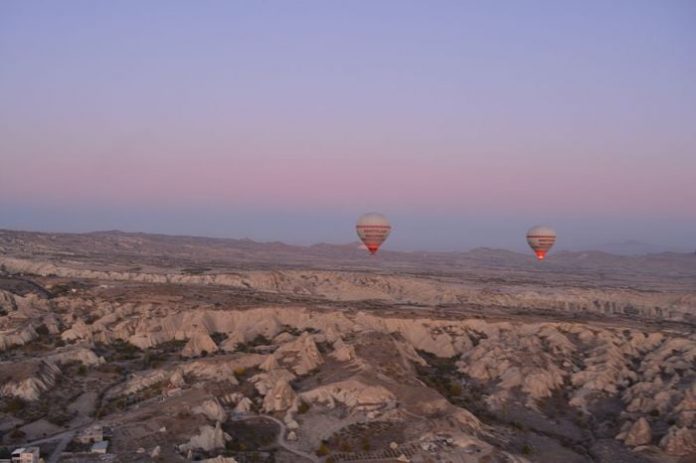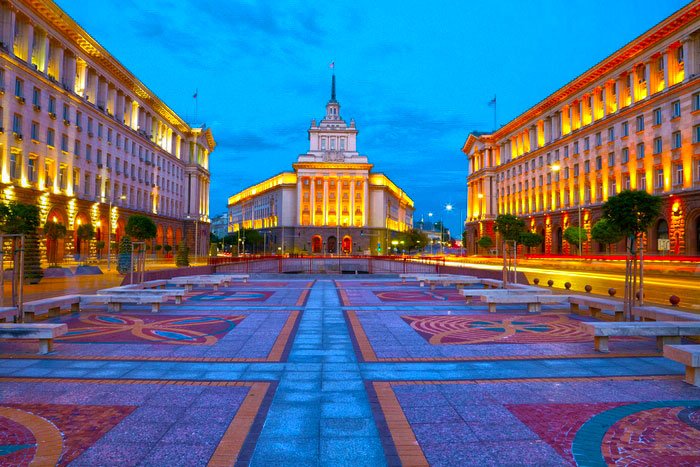Edirne, situated at the confluence of the Tunca and Meric rivers, has played a crucial role as a transit point on the East-West road throughout history. It has witnessed significant social events, including migrations, invasions, and cultural exchanges Edirne’s Remarkable Bridges, serving as a necessary route from Southeast Europe to Anatolia.
Edirne’s Roman Legacy
Originally known as Odrysai, Edirne was captured by the Romans from brave warriors named Ordysai. This city became one of the Roman Empire’s key settlements during a visit by Emperor Hadrian, leading to its renaming as Hadrianopolis or Adrianopolis in honor of the emperor.
Ottoman Capital and Glory Days
Sultan Murat I seized Edirne from the Byzantines in 1361, making it the capital city of the Ottoman Empire for 92 years until the conquest of Istanbul in 1453. This period marked the zenith of Edirne’s history, coinciding with the peak of the architectural talent of Mimar Sinan, whose masterpieces draw local and foreign admirers to Edirne today.
The Unique Lüleci Mosque
Constructed between 1438-1447 during Sultan Murad II’s reign by architect Konyali Haci Alaaddin Private Bulgaria Tours Yachting, the Luleci Mosque stands out for its innovative design. It features a width-oriented plan schema, a first in Turkish art. One of its four minarets has three galleries, another has two, and the remaining two have one gallery each. Visitors marvel at the intricate diamond-shaped, barred, and twisted motifs decorating the mosque. The mosque’s name, Luleli (with three galleries), stems from its unique style, attracting attention from both local and foreign tourists.








